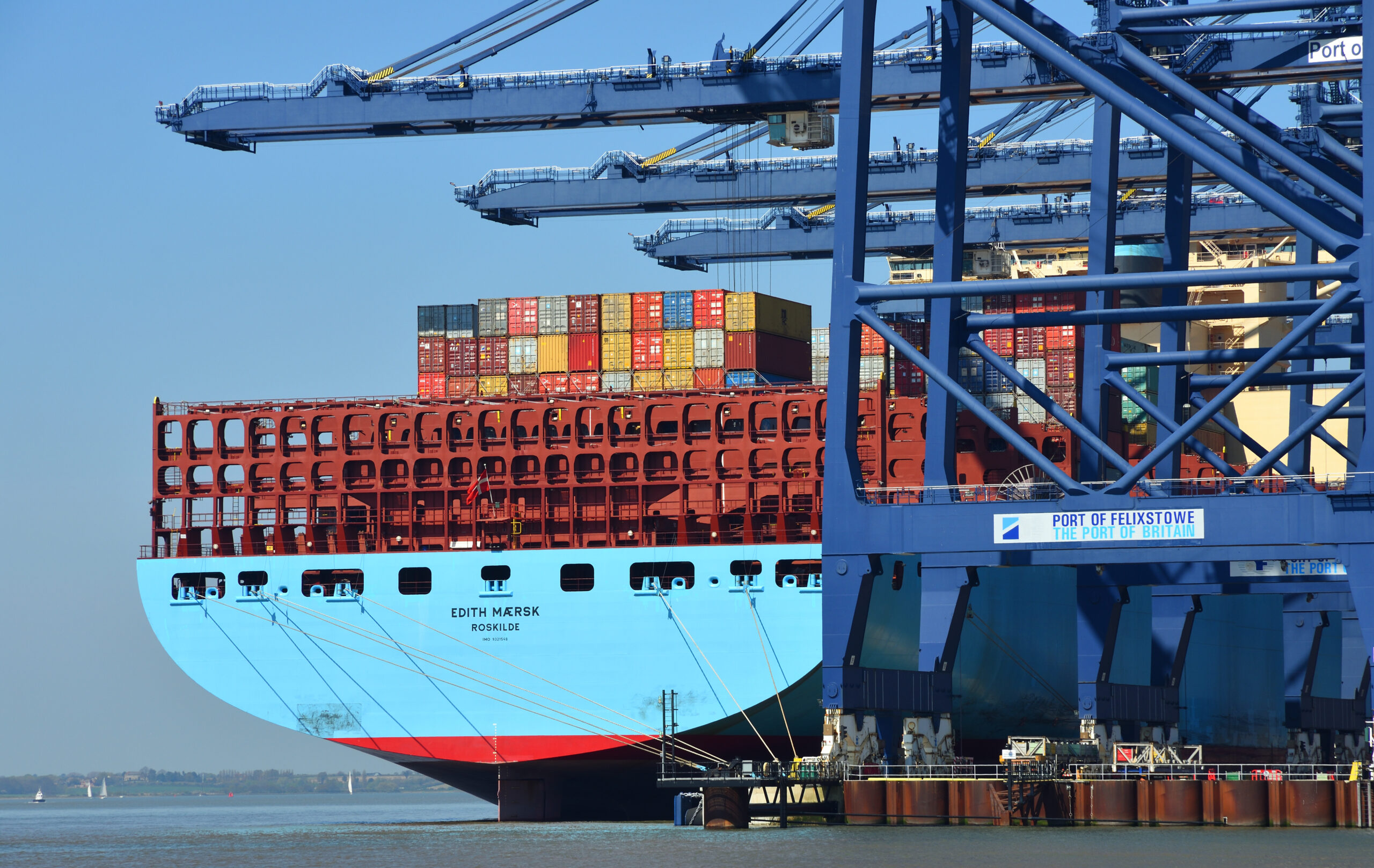Solvang ASA, the Norwegian shipowner, has declared a ‘major leap forward’ for the shipping industry by retrofitting a full-scale onboard carbon capture and storage (OCCS) system on its ethylene carrier, Clipper Eris. Using amine scrubbing technology, the system reportedly captures up to 70% of exhaust CO2 emissions, which are then liquified and stored in deck tanks, ready to be offloaded at ports for sequestration or industrial use.
The installation is the outcome of a collaboration between Solvang, Wärtsilä, MAN Energy Solutions, and the Norwegian research institute SINTEF. The retrofit of the Clipper Eris, a 21,200-cubic-metre ethylene carrier built in 2019, was completed at the Seatrium Admiral Yard in Singapore. The vessel has been equipped with a 7-MW Wärtsilä OCCS system and is scheduled to begin a year-long pilot testing phase, while operating commercially, in early February 2025.
Should the pilot study prove successful, Solvang will press ahead with the construction of seven new vessels that are designed specifically for the installation of the OCCS system. These are scheduled for delivery in 2026-2027. The pilot testing phase aims to demonstrate to the wider maritime industry what can be achieved through the adoption of this technology. To achieve widespread implementation of OCCS technology, Solvang believes that more shipping companies and industry stakeholders must see its benefits and wish to join in.
Roger Holm, President of Wärtsilä Marine, noted the significance of the announcement: ‘The introduction of carbon capture and storage capabilities on board the Clipper Eris represents a major leap forward for maritime sustainability. It is a testament to the power of collaboration in accelerating the industry’s transition towards lower emissions.’
Solvang CEO, Edvin Endresen, commented: ‘Onboard carbon capture, combined with existing cleaning technologies, offers a significant shortcut to the decarbonization of the world’s deep-sea fleet. This stands out as one of the more promising solutions for both existing vessels and future newbuilds.’
While this announcement indicates the exciting potential for OCCS technology to accelerate the maritime energy transition, obstacles remain, including high initial investment, space and weight constraints, and operational complexity, which will require additional crew training.
Of particular importance, as Endresen points out, is developing the necessary infrastructure at ports and terminals, which is the first step to building a robust utilisation value chain for captured CO2. He says: ‘CO2 can be recycled and used in land-based industries, but the global infrastructure for discharge needs to be developed fast. Additionally, the IMO must implement global regulations with benefits and penalty schemes to encourage investment in emissions reduction solutions.’



